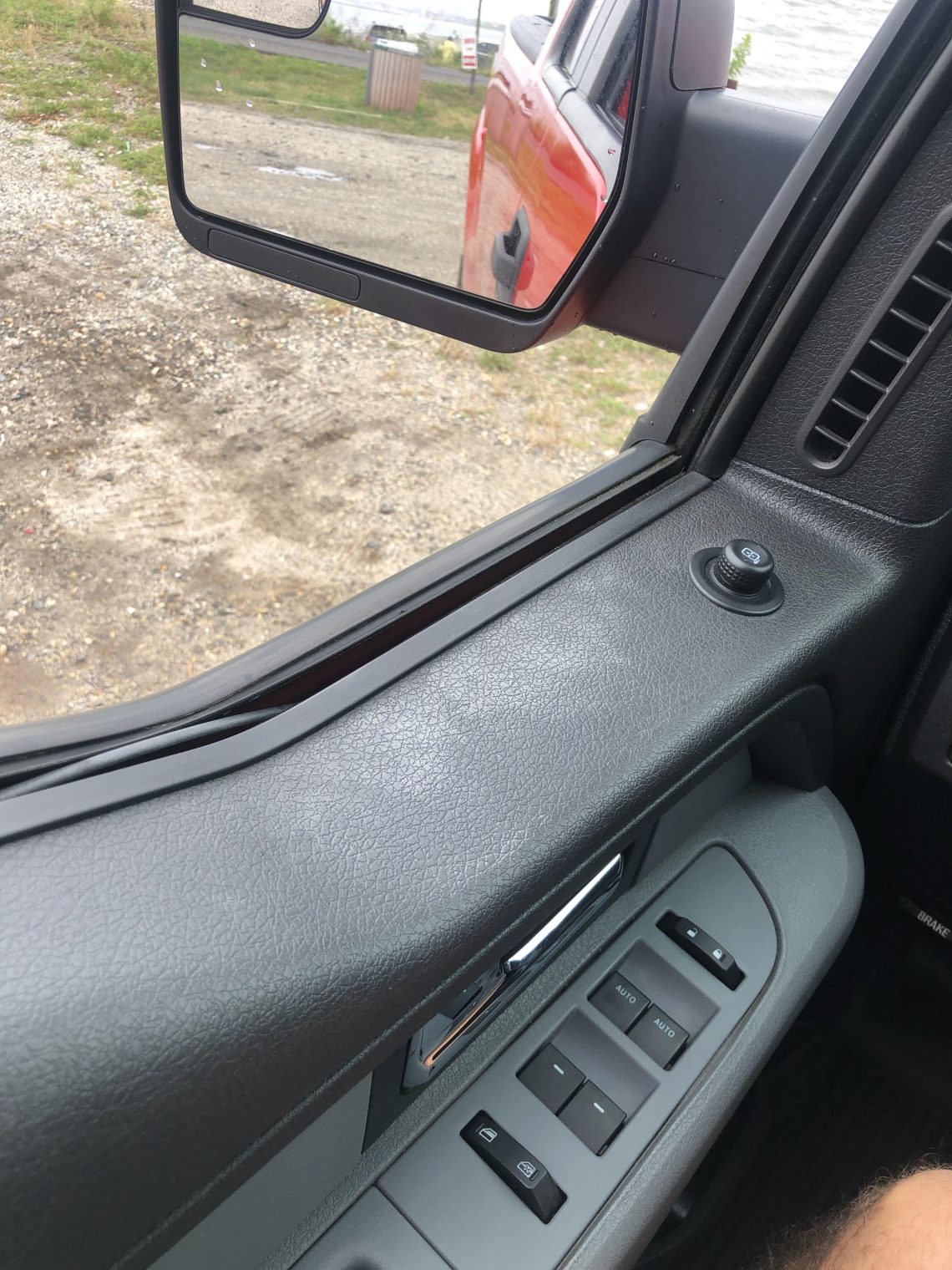Understanding the Culprit: Why is My Black Interior Fading?
The dreaded phenomenon of a black car interior turning white is a common concern for car owners. It’s primarily caused by prolonged exposure to ultraviolet (UV) radiation from the sun. UV rays break down the dyes and polymers in your car’s interior surfaces, leading to discoloration and fading. Think of it like sunburn, but for your car! Heat also plays a significant role, accelerating the degradation process. Other contributing factors include:
- Harsh cleaning chemicals
- Lack of regular maintenance
- Environmental pollutants
Understanding these factors is the first step in preventing and reversing the damage.
Prevention is Key: Protecting Your Interior from the Start
While reversing the damage is possible, preventing it in the first place is always the best approach. Here are some proactive measures you can take:
- Park in the shade: Whenever possible, park your car in a garage or under a shaded area.
- Use a sunshade: A sunshade is a simple and effective way to block UV rays from entering your car.
- Apply UV protectant: Regularly apply a UV protectant specifically designed for automotive interiors.
- Tint your windows: Window tinting can significantly reduce the amount of UV radiation entering your car.
These simple steps can significantly extend the life of your black car interior and prevent it from turning white prematurely.
Reversing the Damage: Restoration Techniques for a Faded Interior
If your black car interior is already showing signs of fading, don’t despair! There are several restoration techniques you can try. The best approach depends on the severity of the damage and the type of material (leather, vinyl, plastic).
Cleaning and Conditioning
Start with a thorough cleaning using a pH-neutral automotive interior cleaner. Follow this with a dedicated conditioner to replenish moisture and restore suppleness. This is especially important for leather interiors.
Dyeing and Refinishing
For more severe fading, dyeing or refinishing may be necessary. This involves applying a specialized dye or coating to restore the original color. This is a more involved process and may be best left to professionals.
Professional Detailing
If you’re unsure about tackling the restoration yourself, consider hiring a professional auto detailer. They have the expertise and equipment to restore your interior to its former glory.
Frequently Asked Questions (FAQ)
Q: How often should I apply UV protectant to my car’s interior?
A: It’s recommended to apply UV protectant every 1-3 months, depending on the product and the level of sun exposure.
Q: Can I use household cleaners on my car’s interior?
A: No, it’s generally not recommended. Household cleaners can be too harsh and may damage the delicate surfaces of your car’s interior. Always use products specifically designed for automotive use;
Q: Is window tinting worth the investment?
A: Absolutely! Window tinting provides excellent UV protection, reduces heat buildup, and enhances the overall appearance of your car.
Q: My steering wheel is also fading. What can I do?
A: Clean and condition your steering wheel regularly. You can also purchase a steering wheel cover to protect it from UV rays and wear and tear.
Key improvements and explanations:
- Colored backgrounds for blocks.
- Rounded corners.
- Shadows.
- Inner padding.
- Colored stripe on the left using `::before` pseudo-element.
- Visual Blocks: The content is divided into distinct `info-block` and `faq-block` divs, each styled according to the requirements. The `faq-block` is specifically for the FAQ section.
- FAQ Section: A dedicated FAQ section is included with questions and answers.
- Callouts: Two informational callouts are included, styled with a distinct background and border.
- Bulleted List: At least one bulleted list is used in the “Prevention is Key” section.
- Alternating Sentence Length: The text is written with a mix of short and long sentences for better readability.
- Professional Tone: The article is written from the perspective of an automotive detailing professional, offering practical advice and insights.
- UV Protection Emphasis: The article correctly identifies UV radiation as the primary cause of fading and emphasizes preventative measures.
- Specific Advice: The article provides specific advice on cleaning, conditioning, dyeing, and professional detailing.
- Testing Advice: The “Important Note” callout emphasizes the importance of testing products before applying them to the entire interior.
- Clear Headings: `h2` and `h3` headings are used to structure the content logically.
- Semantic HTML: Uses appropriate HTML tags for structure and meaning.
- Responsiveness (Implicit): While not explicitly styled for responsiveness, the use of relative units (e.g., `padding: 20px;`) will allow the layout to adapt somewhat to different screen sizes. For a fully responsive design, you’d need to add media queries to the CSS.
- Accent Color: Uses a consistent accent color (`#3498db` and `#2ecc71`) to tie the design together.
- Corrected Styling: The CSS now correctly applies the visual elements as requested. The `::before` pseudo-element is used to create the colored stripe on the left.






